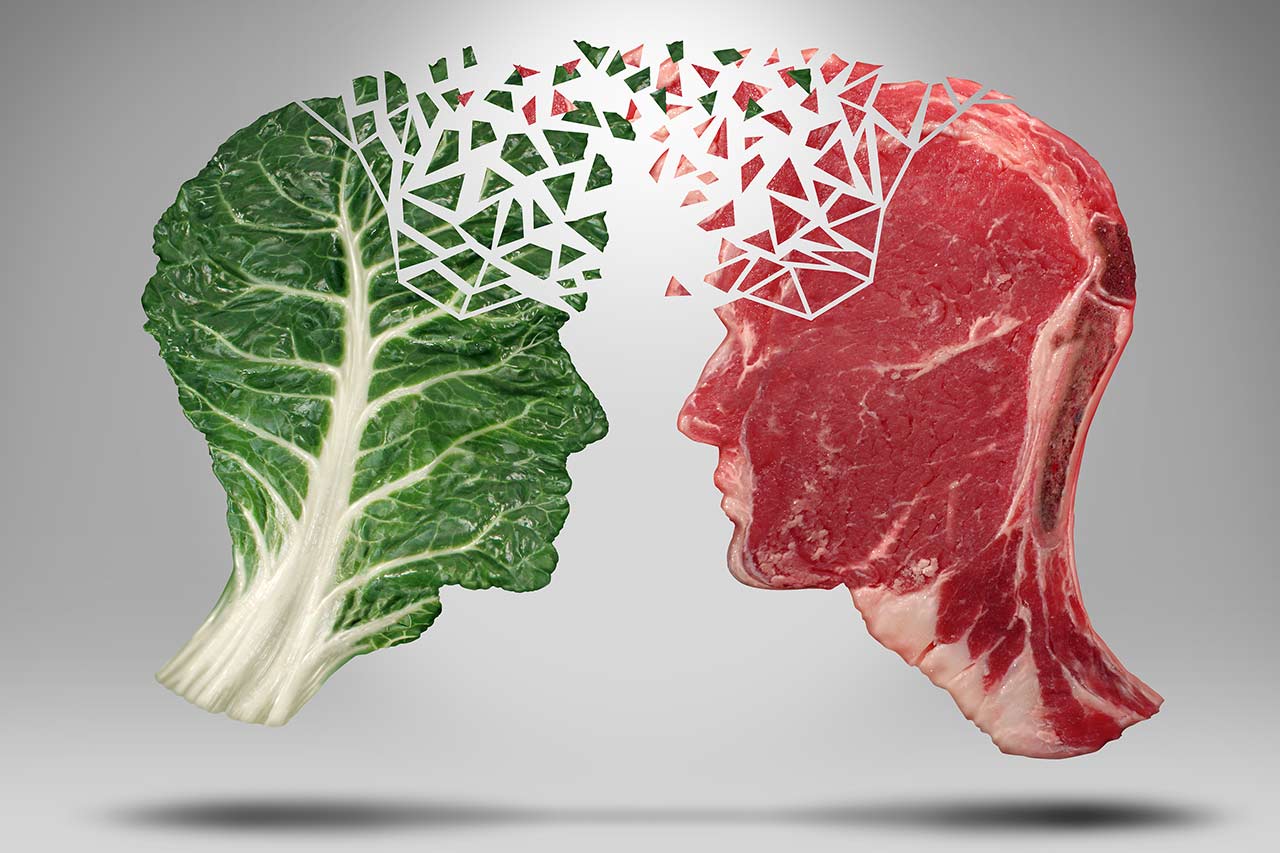Cross-sector
How to accelerate the deployment of plant-based proteins in France?
What are the benefits of plant proteins? What are the issues in the mass deployment of plant proteins in France?

Plant-based meats are food products that emulate the aesthetic, texture, and flavor of real meat. Compared to animal meat, plant-based meat claims to be better for the environment, more ethical, and healthier. Amidst the COVID-19 pandemic, supply disruptions of fresh meat and a renewed spotlight on zoonotic diseases have increased sales of plant-based meat by 200% in the USA. In Asia, Omnipork reported a similar increase in sales. While meat substitutes are not new, modern plant-based meats are driven by innovations that make them tastier, more nutritious, and more economical than before. In this article, we present 3 areas of innovation driving the plant-base meat sector.
Due to their availability and low cost, soy and wheat are the most common sources of plant protein for making plant-based meat today. However, they have properties that are non-optimal for making plant-based meat, including being common food allergens. The ideal crop should have higher protein content (especially in essential amino acids), more micronutrients (e.g. vitamin B12), less antinutrients, and a neutral flavor. Crops with these properties would reduce the need for additives and processing, resulting in lower production cost and “cleaner” labelling. The Israel-based startup, Equinom, is using computational genomic analysis to speed up the breeding of new crop strains that are better optimized for plant-based meat production. As genetic manipulation is not involved, GMO labeling is avoided.
Alternative protein sources such as chickpea, algae (e.g. spirulina or euglena) and fungi (e.g. yeast or microfungus) are also being explored. Single-cell protein sources such as microalgae are promising, as they can be farmed more efficiently in vertical formats than terrestrial plants. A drawback of using algae for meat production is their off-putting green coloration. However, the coloration of some algae can be altered into a more “meat appropriate” color using the right environmental stimuli. A Swiss research group recently investigated using yellow Auxenochlorella protothecoides microalgae in a blend with soy, to obtain visually appealing and textured plant-based meat. Microalgae is also rich in vitamin B and E, complementing the low levels present in soy to create a more nutritious product.
The main limitation of using alternative plant protein is higher cost due to low production volume. As the plant-based protein market continues to expand, economies of scale should eventually be achieved.
The realistic texture and flavor of modern plant-based meat requires various high-end analytical tools that may be out of reach for startups with limited resources. Analytical instruments such as Gas chromatography–mass spectrometry (GC-MS) were reported to have been used by plant-based meat players. Although much of the exact instrumental setups are kept secret to maintain a competitive advantage.
In such an emerging field, there is also little industry standardization in methods for quantifying food texture and flavor. There are opportunities for standardization and offers of specialized food laboratory services, that could help innovators with limited resources to develop new products.
Extrusion, the process of subjecting food to thermal and mechanical stress, is a common method of replicating the texture of meat with plant-based material. More recent adaptation of the process, including wet extrusion and shear cell technology, promise to be more cost effective and better replicate the texture of meat. For example Novameat, a Barcelona-based startup, uses micro extrusion and 3D printing to closely replicate the texture of a steak. However, whether 3D printing can be economically scaled for mass production remains to be seen.
An important aspect of meat is the lipid content. Animal lipids tend to be highly saturated and solid (fat), while plant lipids tend to be less saturated and liquid (oil). Coconut oil is high in saturated lipids and is commonly used to replicate animal fats in plant-based meat. However, health concerns with saturated fats remains. Cubiq food, a startup based in Barcelona claims to have developed a process that can mechanically solidify plant oil, allowing healthier unsaturated fats to be used in plant-based meat.
The plant-based meat space is an emerging sector with huge growth potential, accelerated by changing consumer attitudes after the COVID-19 pandemic. Stakeholders from many sectors and all parts of the value chain have the opportunity to contribute to this market growth. First, new, and more optimal sources of plant proteins have to be explored. Secondly, standardized food laboratory service can lower the entry barrier for innovators to develop new products. Lastly, new, and scalable methods of creating texture and flavor are needed to further improve product offerings and lower cost. Alcimed can support you in technology scouting, understanding the targeted markets, and identifying new partnerships.
Interested in this topic? Discover our position paper FOOD 2050 [in French] and our achievements in scouting and market study consulting!
About the authors
Warren, Consultant in Alcimed’s Life Sciences team in Asia-Pacific
Bettina, Business Director in Alcimed’s Life Sciences team in Asia-Pacific